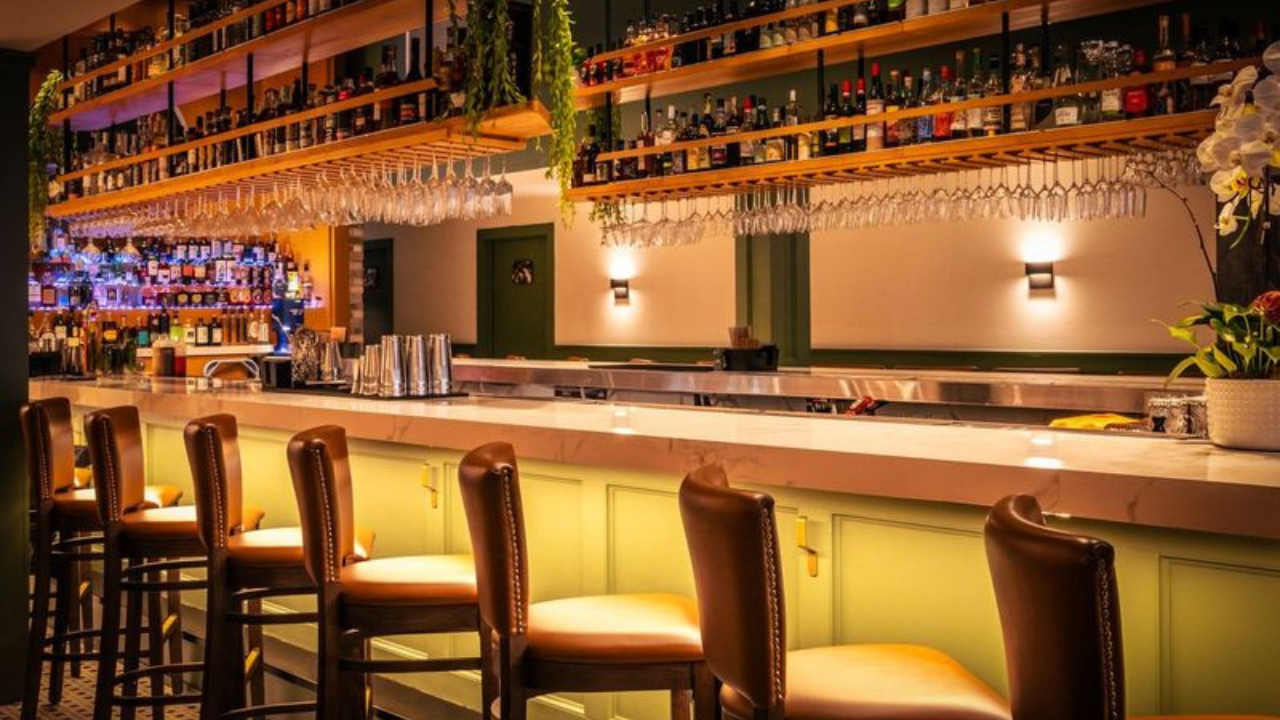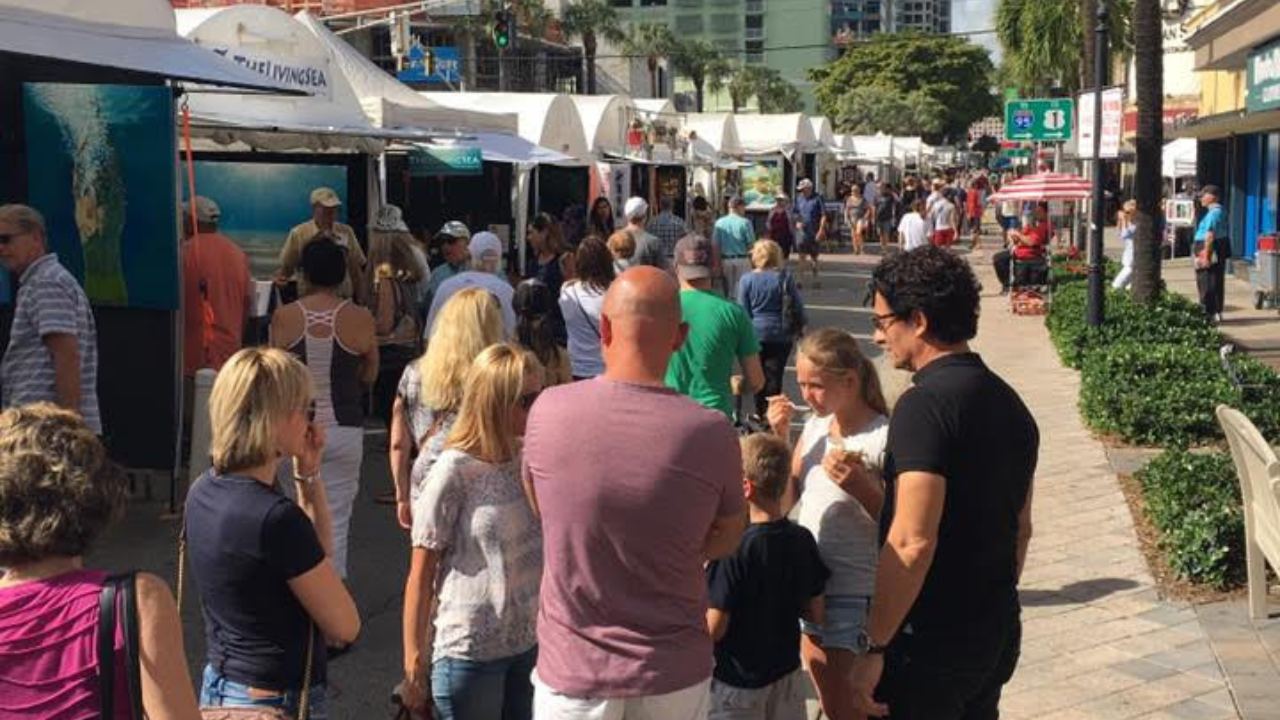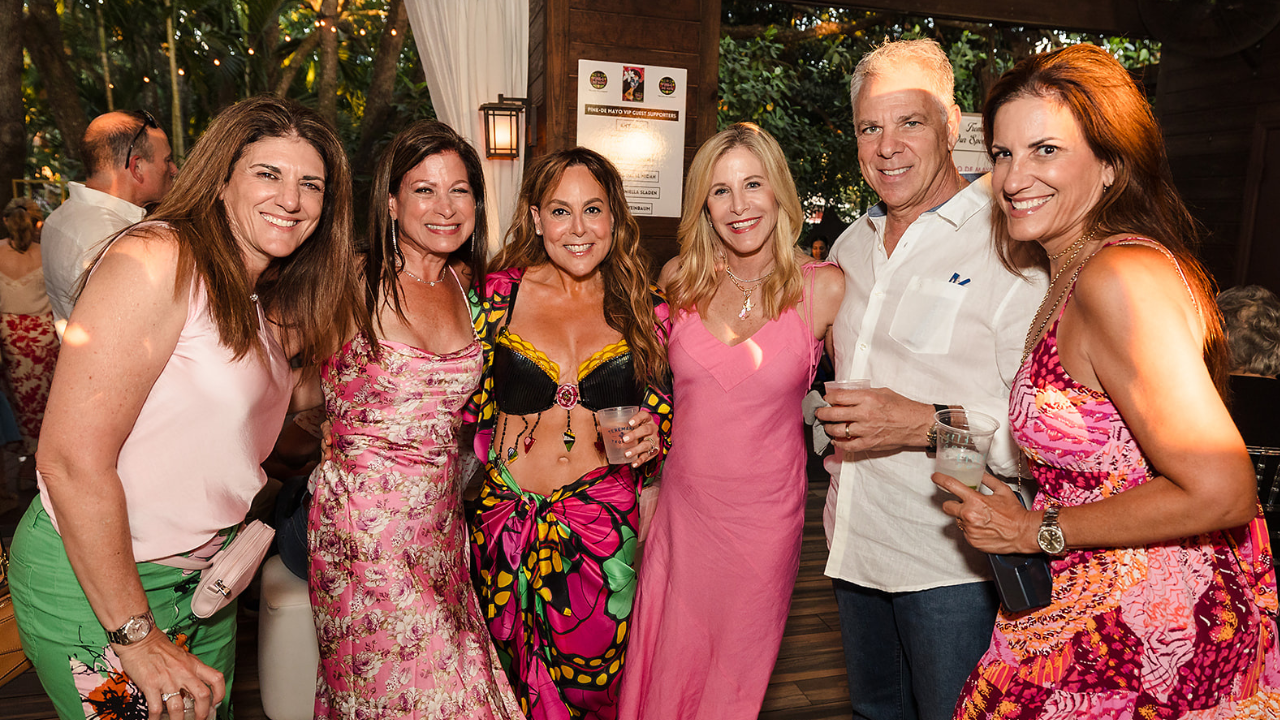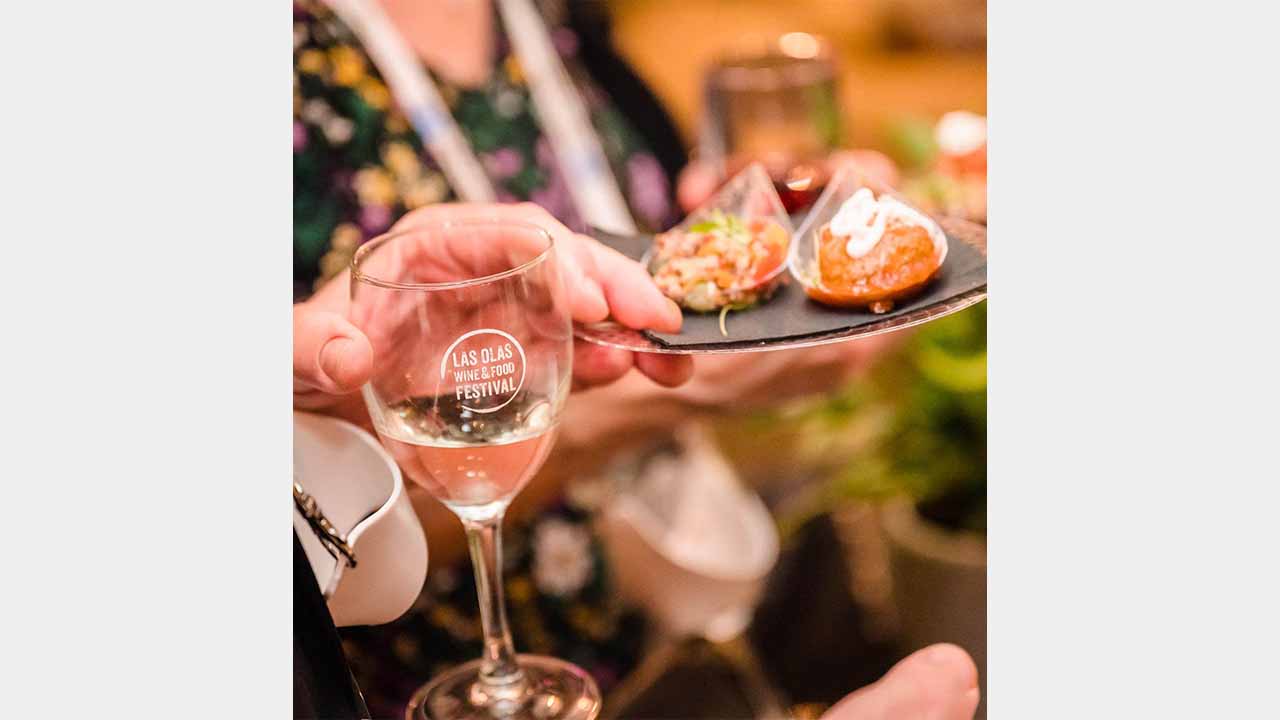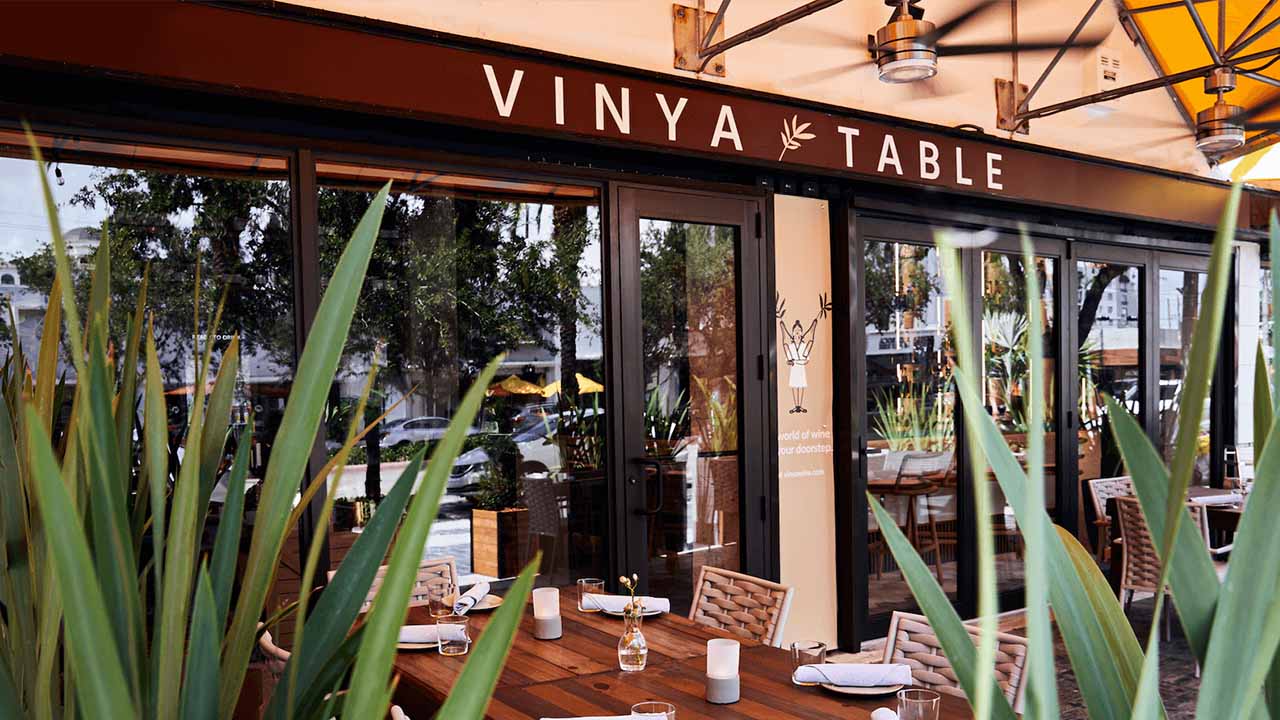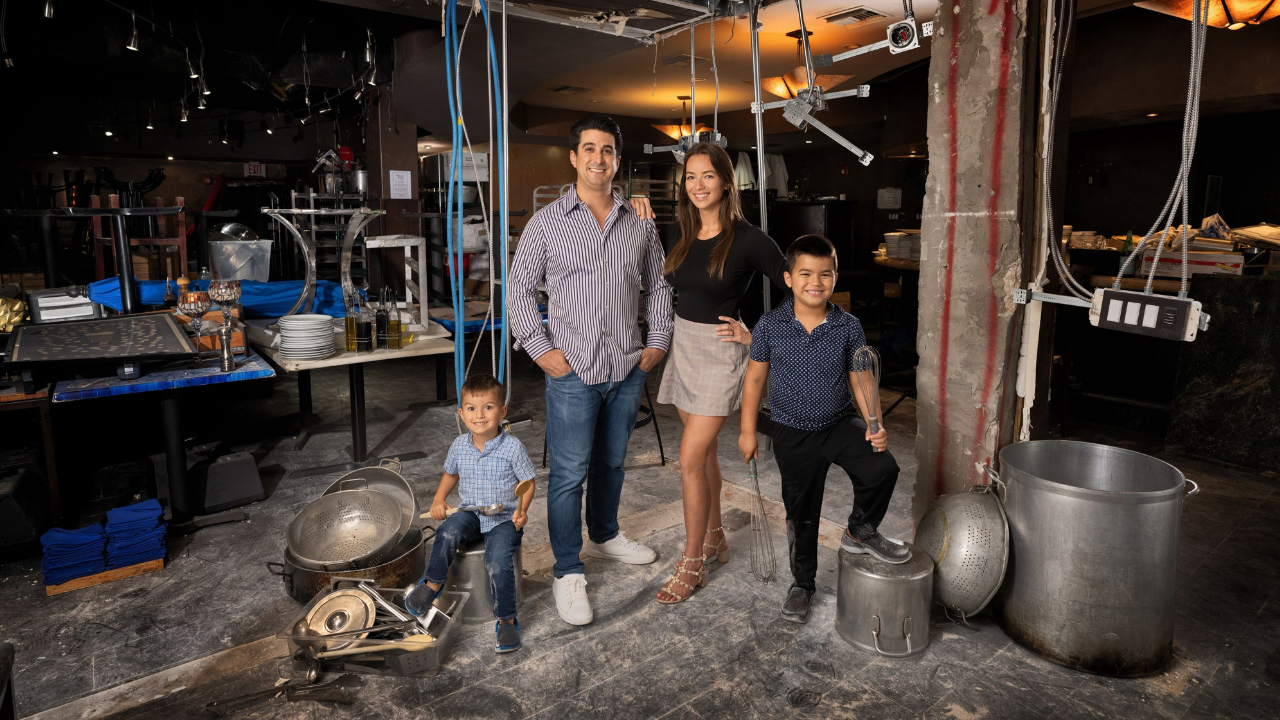On Feb. 24, Broward-based HANDY (Helping Abused Neglected Disadvantaged Youth) hosted a ribbon-cutting ceremony to celebrate the grand opening of its new facility in Fort Lauderdale. The 16,606-square-foot space, featuring classrooms with state-of-the-art technology experiences (think robotics, virtual reality and 3D printing), was the latest benchmark for an award-winning nonprofit that has served the needs of some 45,000 Broward youth—and counting—since launching in 1985.
A little more than a week later, HANDY’s new home closed its doors.
But even though coronavirus concerns are keeping children and teens from enjoying the space at 1717 N. Andrews Ave., HANDY’s life coaches, case managers and core staff continue to provide support for children in foster and relative/nonrelative care connected to the child dependency system—and their families.
The organization’s CEO, Kirk Brown, shared some of the challenges and success stories he’s witnessed during the first month of the pandemic.
How was HANDY affected by the pandemic?
[In early March], based on obvious trends, we decided to shift our development and organization focus from events to launching a sustainability campaign—and also to focus the pattern to empower and uplifting our donor base. … I have to say, we have some of most conscientious donors I’ve ever met, donors who called before the crisis was in full bloom and asked how they could motivate the base, donors who provided match amounts. Before we knew it, we had $170,000 in match dollars to say to our base—look, we have this commitment. People like giving to a match. The donors were there for us.
Did you have to furlough staff?
We decided that 100 percent of what we do is an essential service; therefore, as an agency, we decided to practice layoff aversion strategies—we drastically cut costs but kept our staff. After all, it’s the people that serve the purpose. For social work agencies, layoff aversion must be choice number one. We need to do whatever we can to keep our people.
How have you incorporated social distancing practices into services that so often rely on human interaction?
We have kids who typically stay at our building until closing time, 7:30 p.m. They stay for a reason; some have tumultuous household environments. Now, you have that same family together [all the time] in that house [during the shutdown]. Add in the stress of a caregiver who actually is able to work from home, and it’s a potentially combustible situation.
So, social distancing increases the workload for agencies who are regularly serving families like the ones we serve. But we’re [doing the work]. We’re working with these caregivers on creating more positive relationships and [assisting the HANDY youth]. And we’ve done it by going 100 percent remote. We’re currently serving more than 93 percent of our clients on Zoom; we are figuring how to get the other 7 percent to embrace the new format of service.
We already had been toying with the idea of what can be done remotely in the world of social work. What [the pandemic has done], from an industry culture perspective, is challenge us to meet the technological age head-on. The social work industry, as a whole, is behind the technology curve; the health-care industry has mastered it. You always have to look for learning opportunities when you’re going through chaos.
What will you do to position HANDY for success as the crisis winds down?
We intend to exhaust all the opportunities available in the stimulus package, engage and help our donors, and collaborate with other nonprofits to fill the needs of our clients. Most importantly, we understand that the transition toward a new normal will increase the need to strengthen partnerships with the medical community.
How will this experience change the way HANDY conducts business moving forward?
I believe we will all now have stringent health care or hygiene protocols added to our service array. With the boom in unemployment, we need to consciously look at how we can assist with CareerSource job opportunities in our companies. We will modify our strategies to be what the community needs—which is economic and workforce development.
I also don’t think any company in the U.S. can continue to go forward without having a pandemic plan. It’s going to change the nature of our business. It’s literally planning for a three-month hurricane that might not come. But if it does, you have to have a plan. And your donors need to fully understand this. You’re going to tell them, “Thank you for your donation; we’re going to take 10 percent of that and put it aside in case another coronavirus happens.”



